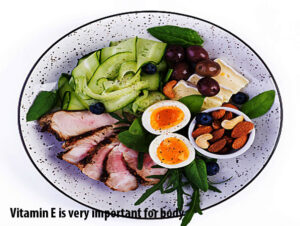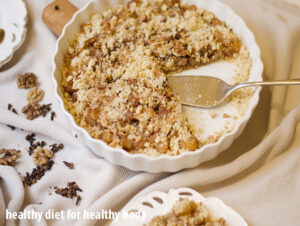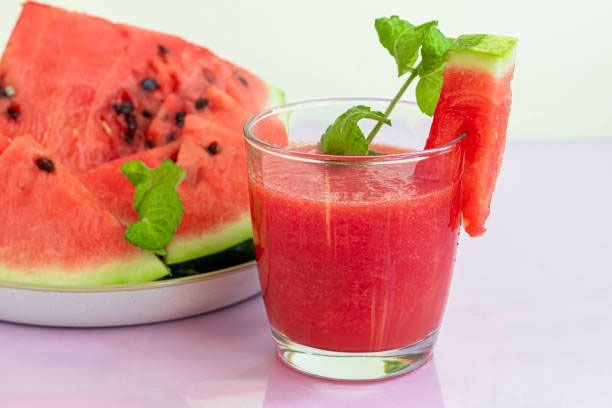What is a good diet plan?
A healthy diet plan plays an important role in our health and lifestyle choices and can be defined as “the way we eat to improve our health, stay healthy and live full lives.” Healthy eating routine contains every one of the fundamental supplements that your body needs for its capability appropriately.
From the right balance of protein and carbohydrates to the adequate supply of fats, minerals, vitamins and other nutrients, they play key roles in keeping you healthy and happy. It also protects against diseases and helps prevent disease outbreaks. Here are some tips to make sure you’re following a healthy diet plan for children and adults.
Read this article about how students consume un healthy diet plan.
What Is Food Habits and diet plan?
There is a set of dietary behaviors we use daily such as having breakfast every day, lunch before school, lunch after class, or snacks during breaks. The best way to keep track of the number of times you have these food eating habits per week is by using M.O.M. (Moment Of Me Time) (MOS). This is a time tracker that tracks us through our daily life and we learn from it. MOS can help us find out when we are bored, sleepy, hungry or tired.

In addition to this, it provides quick hints on what we should change to improve our sleeping patterns. Thus it is an excellent tool for any activity tracking. We can easily track these activities for several months, weeks or even years. And we must give up our current food habits which may not fit our goals of being healthier.
For example, if we want to drink lots of water instead of soda and chocolate during our breaks time, the first thing we need to do is start cutting down on those desserts.
It should always be more than just about physical activity. A balanced diet is essential to maintain optimal metabolic function. There are seven food groups for the human body and these groups include
Energy-dense foods – energy dense foods such as brown rice, peanut butter and cheese, potatoes, cream sodas and ice cream – Carbohydrate-dense foods – carbohydrates in this category include pasta, rice, bread and cereals/pastries – Sugars and salts – sugars are found in sugar-sweetened beverages – Fats- Fatty foods- it is important to keep fat intake low to prevent heart diseases and heart attacks

For example, there are 3 types of meat: red meats like beef, pork and lamb; fresh meats including chicken and fish; poultry, eggs and seafood. Each of them have different properties. Fresh meats are less harmful and good for people who have diabetes. On the contrary, red meats are high in saturated fatty acids, cholesterol and saturated fat which tend to raise blood pressure levels. Therefore it is good to have lean meats, especially beef and pork.

There is no need to limit yourself to one type of meal a day. For example, if we are trying to reduce the amount of salt we add to our plate, then we must try making a salad instead. Then we can choose a variety of vegetables (mainly vegetable oil instead of vinegar), some grains and some nuts.
If it is difficult to make a salad without cheese then we should buy some yoghurt instead. Similarly, if you are struggling with obesity, try drinking green tea instead of coffee. We can also swap sugary drinks for fruit juices like lemonade instead of cola and water instead of milk. Also, we can replace sweets (such as candy bars) with fruits such as apples, oranges, pears etc.
What Are Foods for diet plan?

The USDA is providing guidance to make sure that schools provide kids with a balanced portion of food. According to their recommendations, each person should get between 2-3 pounds of protein per pound of body weight.
Children and teenagers should take 8-12 grams of protein, 4-5 grams of calcium per pound of bodyweight, and 1-2 grams of iron per pound of bodyweight. They should also receive 20-25% of their daily vitamin-d3 intake per day. These are the kinds of recommendations that schools should follow. Schools should provide at least 15-16 ounces of fruit and vegetable per day.
What Do You Need To Eat Every Day?
Everyone should eat three servings of fruits and vegetables at least every day, along with whole grains, beans and legumes. One serving of proteins is also recommended. No child should only eat fruits and vegetable in the morning, but those who have an active routine such as sports should eat more vegetables. However, most of the public do not eat enough veggies because of their convenience factor. So they need to take care of their health by consuming more vegetables on a regular basis.

When we talk about food group the main one is protein. As soon as you feel hungry, you can have a snack. There are two other food groups as below-
Fiber- it makes up 13% of the fiber present in plant foods. It keeps your stomach empty and thus prevents constipation. Potatoes, oatmeal, tofu, nuts and avocado are great sources of fiber. Some examples are pumpkin pie, celery sticks, broccoli, and spinach wraps. Protein foods are also a great source of zinc, thiamine, calcium, phosphorus and potassium. Red meats are a rich source of B12 Vitamin which is necessary for brain development.
Dairy products are also highly beneficial for child growth. Milk acts as a stress buster preventing excess cortisol production in your body resulting in poor sleep, anxiety, sadness, difficulty concentrating and fatigue. If you find that your milk production drops due to too much lactose tolerance for instance, then you may need to drink 2 cups or 4 glasses a day. Additionally, the milk contains hormones (e.g., prolactin) which can cause digestive upset, diarrhea, constipation, vomiting. When it rains, you can have a smoothie with soy milk yogurt instead of plain cold milk.

Fruits and Vegetables: It gives us the essential vitamin-d and protein-rich food in the form of fruit and vegetables. We should have two medium portions of green leafy vegetables or 500-600 gm (approximate) of vegetables and fruits. Including more salad vegetables and less processed vegetables can also make the difference.
Green leafy vegetables are extremely nutritious and include spinach, kale, cabbage, broccoli, carrots and many others. Not only rich in vitamin-d content but are also very delicious. Low-processed vegetables are also another good option. Such vegetables include peppers, tomatoes, raw mushrooms, garlic etc.
Fruit and Nuts: Many people prefer to eat nuts but they do not know how to prepare it, so here are few simple tips that you can follow:
Add nuts to your salads and soups. Get into a habit of snacking on nuts after meals. Choose nuts over granola and chocolate because nuts are thicker, tasty and convenient. Add nuts to the breakfast menu like pistachios (toasted and unsalted), almonds and walnuts. Make roasted nuts for serving. Snack on nuts during break time. Don’t skip nuts while cooking and add crunchy or chewy nuts for healthy diet plan dips. Or, try making a nut crumble.

Seeds: In the south countries, seeds are consumed on pancakes, toast, sandwiches and as burgers. In the north, seeds such as sunflower, sesame, cashew etc. are used as side dishes. Sesame seeds are also used as sweeteners in cakes. Seeds are also used to make various forms of ground, fried and powdered foods.
Most of the parents prefer to have sesame seeds in their kids’ meals. But that is wrong for children. The same thing can happen to sesame seeds while growing up. Although it is possible to include all seed types. Just add some extra seeds in the munchies during break time instead of adding more dry seeds.
In conclusion, we can easily make a list of things we should eat for better healthy diet plan. A healthy diet plan is very easy to follow, so any food or any method to cut down on calories seems impossible to resist.
But what is the reward once we abide by the basic guidelines on proper nutrition? Good healthy diet plan is a priceless gift and can bring happiness into someone’s life, and healthy habits are certainly part of fulfilling this priceless gift to another person and ourselves as well.















